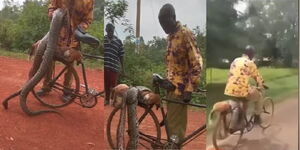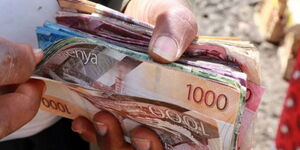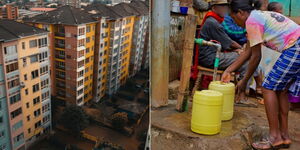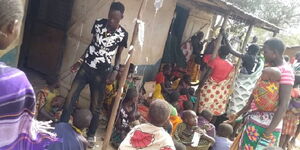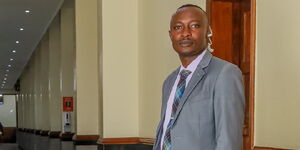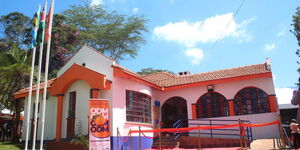Anais Nin, "This is the rule of the artist: to seek to renew and resharpen our sense by a new vision of the familiar."
And Kenyan artist Michael Soi has embodied this in his work.
With 100 paintings spanning 6 years the artist protege, son to the famous Kenyan artist Ancient Soi, has gifted the country an alternative perspective of the country's relations with China.
With two collections on the theme Kenya-China relations, Soi has attempted to depict the eagerness by the eastern powers to continue the plunder of Venice.
His most recent collection, China Loves Africa, questions the principles that inform Beijing's relationship with Kenya. The artist also strives to show the impact of leaders choices on the ordinary citizen.
Speaking to the New York Times on February 21, 2020, Michael Soi revealed that he was done with the Kenya-China series as of Jan 2, 2020.
The 48-year-old artist expressed that he wanted to move on and explore other issues even as he conceded that the ties between the two nations were only growing stronger.
An illustration of the same may be drawn from a report by the East African on September 9, 2019, that provided that Kenya owed China Ksh 600 billion in unpaid loans.
Soi shows little support for the partnership claiming that the relationship was simply colonialism under a different name.
Chinese presence in Africa has not been without contention, accusations of racism, discrimination, environmental destruction, and corruption have all been leveled since the eastern power set its sights on Kenya.
Soi's views reflect in his work, the artist expresses his beliefs that all aid should be scrutinized for the strings it drags along with it.
"No one is philanthropic for no apparent reason. All this generosity is suspect. The bad leadership that exists in Africa is something they knew they could come and capitalize on.”
Yet in appreciation of the other side of the coin, Soi adds, "But let’s not forget, African leaders invited China. These corrupt politicians who are interested in massive acquisitions are the ones who brought them here."
The artist provides that his work is not meant to be an indictment of any particular group but should be appreciated as a visual diary that will act as a mirror for current and future generations.
In addition to his collection, 'China Loves Africa', the artist also released a second, 'Shame in Venice'.
The inspiration for this followed the blatant exclusion of Kenyans from the Vienna Biennale in 2019, a popular art exhibit where artists are invited to display their work while representing their countries.
The irony, in this case, is that a majority of the artists who were selected to represent Kenya at the exhibit were Chinese who had not been to Kenya and did not reference it in their work.
Soi is part of a growing community of artists that have wielded their pencils, brushes, and chisels to question the ever-deepening roots that China is setting in the continent.
In his word, Soi opines, "The Chinese came here as gods. They think they can have everything they want, and in many cases, they can. But they need to know that you cannot come and disrespect people in their own countries.”



